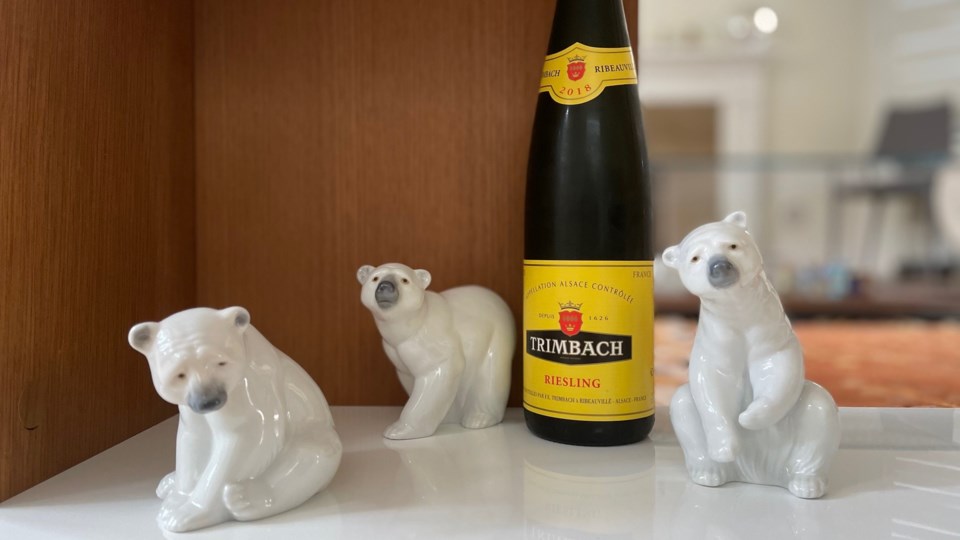Alsace wines are some of the most underrated wines in the world. Only recently have I rediscovered these wines and wondered why they are not more popular. Alsace wines are very food-friendly, diverse, complicated and extremely affordable.
Alsace is a region in northeastern France near the border with Germany. Because of conflicts throughout history, Alsace has oscillated between being part of France and Germany. The resulting amalgamation of different cultures makes the food and wine from this region varied and interesting. Their cuisine and wines show the best of both German and French gastronomy.
Alsace produces white, red and sparkling wines. Unlike most B.C. and German Riesling and Gewurztraminers, most Alsatian white wines are dry. They are also rarely fermented in oak, and if they are, it is in very old, large vats which give off very little oak flavours. As such, Alsace wines represent the purest form of the various grape varieties.
Although only 10 per cent of Alsace wines are red wines, the quality of Alsace red wines is dramatically improving. Alsace red wines are made from the Pinot Noir grape, which is also the grape that is used to produce wines from the Burgundy region. Burgundy wines have become so expensive that wine consumers have been forced to find more affordable alternatives. Alsace Pinot Noir wines are not expensive, but the quality is continuing to improve. One common perception about Alsace red wines was that the ripening of the grapes was inconsistent. However, with global warming, the Alsace climate is changing from a cooler climate to a consistently warmer yet mild climate, which is perfect for growing Pinot Noir grapes. Pinot Noir is not the predominant grape varietal in Alsace and as such, has normally been grown in fewer regions. But with the increased demand for these wines, you will see more wineries take more interest in growing these grapes on better soil.
Alsace makes an affordable alternative to Champagne called Cremant D’Alsace. Cremant D’Alsace uses the same production method as Champagne and often the same grape varieties. Cremant D’Alsace may not have the same longevity as Champagne, but you can buy them at about half the price of Champagne. Cremant D’Alsace is less fruity than Champagne and has more yeasty, almond and mushroom elements.
But Alsace is best known for its white wines. The thing I find most surprising about Alsace white wines is their complexity and weight. Compared to the same grape varieties in other countries, I find Alsace wines generally have more body and slight oiliness. This is very advantageous when pairing with food. It is this weight or body that allows Alsace wines to stand up to fish and white meat dishes. Alsace wines are fruity but not sweet. This fruitiness helps Alsace white wines pair well with Asian cuisine, including spicy dishes.
Another thing I love about Alsace wines is their affordability. It is not unusual to find a top-end Alsace wine or Grand Cru Alsace wine for under $40. I cannot think of another wine region where you can drink the very top-end wines in this price range.
Although B.C. liquor stores do not have a large selection of Alsace wine, you can sometimes find more diverse offerings at private liquor stores. One of the best examples of Alsace Riesling is the Trimbach 2018 Alsace Riesling, the price at $34.99. It will change your opinion of Riesling. You can view my wine review of this wine on my YouTube channel.
Until next time, happy drinking!
Tony Kwan is the Richmond News' new columnist. Lawyer by day, food and wine lover by night, Kwan is an epicurean who writes about wine, food and enjoying all that life has to offer.



